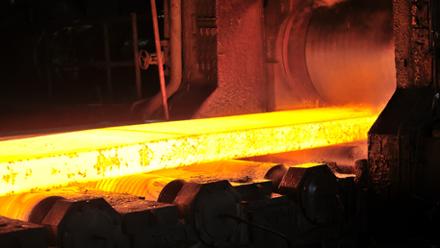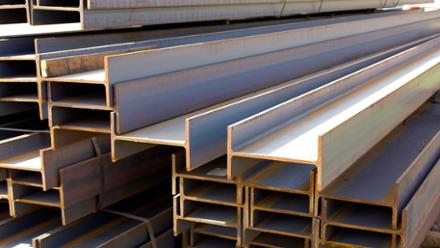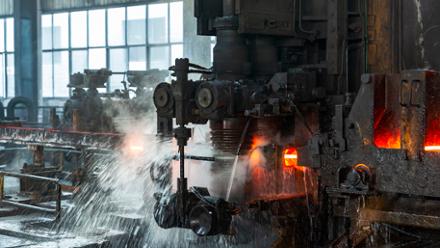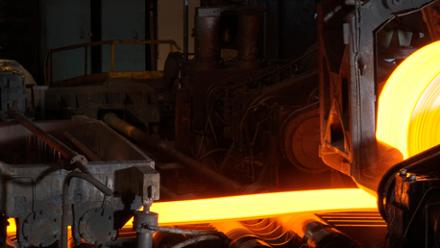This specialist course will identify steel products that are classified as hot rolled sections and go on to describe the most common processes for their manufacture. The individual modules explain how to construct the roll pass designs for different groups of sections and some of the common practical challenges and solutions associated with their production.
Who is the course for?
The course is aimed at operators, supervisors and managers of hot rolling mills, roll pass designers, interested academics and anyone else wishing to expand their industrial knowledge.
The course content assumes an understanding of basic technical drawing (e.g. two-dimensional AutoCAD), a basic understanding of ferrous metallurgy and the ability to use of simple spreadsheet functions (MS Excel will be used to demonstrate calculations).
What will I learn from the course?
By the end of the course the attendees will be able to:
- Understand how steel sections are rolled and the types of rolling mills that are used for different types of products.
- Identify different types of rolling process with their benefits and limitations.
- Choose the optimal feedstock for a product
- Understand how the roll pass designs are constructed for angles, universal beams, channels, rails, and sheet piles.
What is the structure of the course?
The virtual course is comprised of a series of eight modules as follows:
1. Foundations of Rolling Theory and Roll Pass Design
This session covers the fundamentals of rolling theory and practice that are common across all aspects of hot rolling and foundation aspects of Roll Pass Design for sections.
- Rolling Theory & Terminology
- Rolling methods and groove types
- The anatomy of a shaped groove and common terms
- Roll Pass Design as a Process
- Drawing the groove - Construction
2. Rolling angles
This session explains the rolling of angles:
- Products – aspects important to the Roll Designer
- Feedstock Choice
- Rolling methods & groove types
- Groove construction
3. The rolling of beam blanks
This session explains the rolling of beam blanks or dog bones and will enable the roll designer to choose the optimum beam blank feedstock for a product range.
- What is a Beam Blank
- Aspects of the Beam Blank important to the Roll Designer
- The Break-Down Mill (BDM)
- Beam Blank limitations
- Introducing the Leader Pass
4. Rolling univeral beams part 1
In the first session on universal beams the following is covered:
- Universal H Shape products around the world – Standards & tolerances
- Universal Rolling
- Tandem Mills
- Feedstock choice – Slab vs Bloom vs Beam Blank
5. Rolling universal beams part 2
The second session on universal beams continues with:
- Constructing the Leader Pass
- Universal Rolls – Design
- Universal rolling schedule calculations
- Common problems & solutions
6. Rolling channels
This session will cover the rolling of taper and parallel flange channels.
- Product types & key points for the Roll Designer
- Universal & Conventional Rolling
- Groove design for channels
- Common problems & solutions
7. Rolling rails
This session will explore the rolling of rails from historical methods up to the most modern universal mill layouts.
- Rail tolerances & product characteristics
- Rail rolling methods
- Feedstock choice
- Groove design for rails
8. Rolling sheet piles
This session will explore the rolling of sheet piles.
- Products - Sheet Pile types
- Mill Layouts for Sheet Piles
- Feedstock choice
- Basics of groove design
How can I study the course?
Following the success of the virtual course we will be launching a two-day classroom course in 2021.
How much does the course cost?
To see if the course is for you, you are welcome to watch our free introductory session. If you would like to go ahead and watch further sessions you are able to view the individual sessions which are most relevant to you or register for the full series, which offers a discount.
Individual webinars are £95+VAT and the full course is £670+VAT for non-members; IOM3 members and subscribers to our Business Partner Programme are entitled to a discount of 10% on the course fee.










